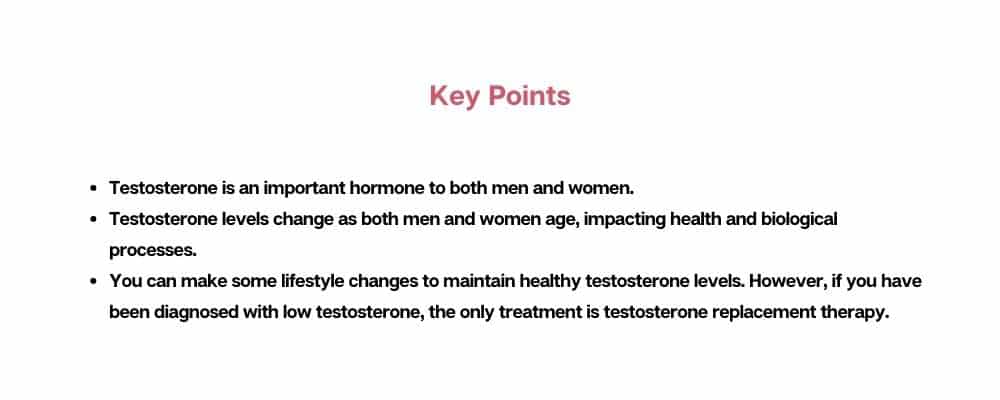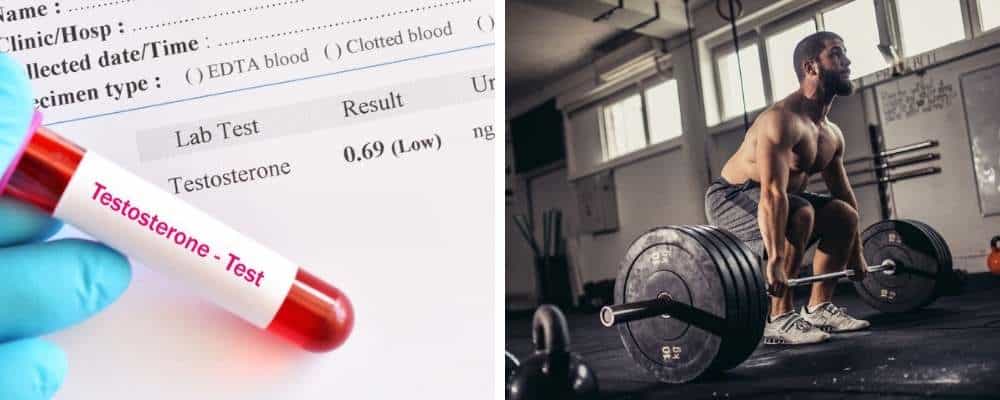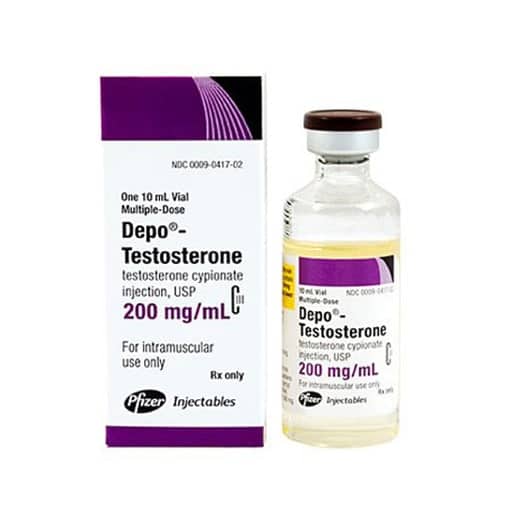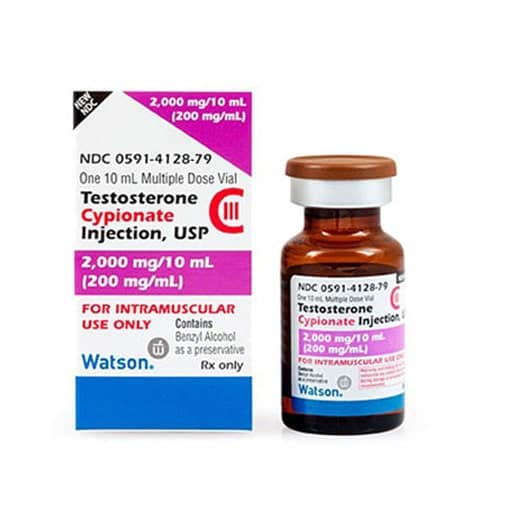
What Are the Normal Testosterone Levels in Males and Females by Age?
Table of Contents
Testosterone is an important hormone in both men and women. Testosterone levels do change with age. Let’s take a closer look at the normal testosterone levels for men and women at given ages and how to maintain a healthy testosterone level throughout life.
Typical Testosterone Levels by Age and Sex
What is considered a healthy testosterone level varies as you age in both men and women.
Testosterone levels are measured in nanograms per deciliter (ng/dl). The normal testosterone level varies by age and sex. However, always keep in mind that these are guidelines. Any two men or women can have the exact same testosterone level at a given age and yet look and feel very differently. This is because what is normal for one individual could be low for another based on lifestyle, physical activity level, etc.
The following charts indicate the normal ranges of testosterone levels for men and women at different stages of life.
Infants and children
| Age | Male (in ng/dl) | Female (in ng/dl) |
| 0 to 5 months | 75-400 | 20-80 |
| 6 months to 9 years | Less than 7-20 | Less than 7-20 |
| 10 to 11 years | Less than 7-130 | Less than 7-44 |
Adolescents
| Age | Male (in ng/dl) | Female (in ng/dl) |
| 12 to 13 years | Less than 7-800 | Less than 7-75 |
| 14 years | Less than 7-1,200 | Less than 7-75 |
| 15 to 16 years | 100-1,200 | Less than 7-75 |
Adults
| Age | Male (in ng/dl) | Female (in ng/dl) |
| 17 to 18 years | 300-1,200 | 20-75 |
| 19 years and older | 240-950 | 8-60 |
What Are the Symptoms of Low T levels?
Testosterone imbalances in men or women can go either way, meaning that your testosterone level can be too high, or it can be too low. Low testosterone is known as hypogonadism.
Too much testosterone is known as hypergonadism.
Of the two conditions, hypogonadism or low testosterone is the far more common problem, particularly in men. There are some symptoms of low T specific to men and some specific to women, but for the most part, the symptoms of low testosterone in men and women overlap. The most common symptoms of low testosterone in men and women include the following:
- Fatigue and lack of energy
- Sexual health issues: erectile dysfunction in men, vaginal dryness in women, loss of sex drive in both genders
- Weight gain
- Inability to build muscle even when exercising
- Disturbed sleep
- Anxiety and depression
- Cognitive issues
- Increased risk of diabetes and other metabolic conditions
- Increased risk of osteoporosis
- Hair loss
What are the Symptoms of High T levels?
Hypergonadism, or your body producing excessive amounts of testosterone, is a far less common condition than low testosterone, but it can occur. Some of the symptoms of higher-than-normal testosterone levels include:
- Increased body hair (particularly in women)
- Mood swings
- Acne
- Deepening voice (particularly in women)
- Increased aggression (particularly in men)
- Irregular menstrual cycles (women)
- Early or increased breast development
- Increased sex drive (particularly in men)
- Increase muscle mass (particularly in men)
- Reduction of testicular size
- Low sperm counts
How Is Testosterone Imbalance Diagnosed in Men and Women
The symptoms mentioned above should be taken as possible indicators of testosterone level issues, but the only way to know for sure if your testosterone levels are in the normal range or not, is to have your testosterone levels tested. Testosterone levels are determined using a simple blood test.
How to Maintain Healthy Testosterone Levels
It is natural for your testosterone levels to drop as you age. This is particularly true of males. In men, testosterone levels max out once a male hits 20. After that, they start a steady decline. However, there are some things men and women can do to try to maintain a healthy testosterone level.
Taking measures to reduce stress can increase your testosterone. It is also important to get a good night’s sleep to maintain healthy testosterone levels. Quitting smoking and reducing your alcohol consumption can also help keep testosterone high.
In addition, there are some dietary changes that can help raise and maintain a healthy testosterone level. Here is a list of foods to try to avoid, because they are known to have a negative impact on testosterone levels:
- Soy products, particularly for men
- Junk and processed foods
- Spearmint and peppermint
- Natural licorice
- Hydrogenated oils like vegetable oil
There are also foods that can boost testosterone to some degree. Think about adding these foods to your diet to raise testosterone.
- Oily fish
- Foods with added vitamin D, such as certain dairy products
- Egg Yolks
- Oysters
- Shellfish
- Beef
- Legumes and beans
Everyone concerned about testosterone levels should consider reducing or eliminating the testosterone lowering products and adding the foods known to increase testosterone to their diets. However, if you have been diagnosed with low testosterone, the only medically proven way to increase your testosterone level is via testosterone replacement therapy.
Is Testosterone Replacement the Best Cure for Low T levels?
Yes. While you could take measures to try and maintain a healthy testosterone level, if your blood tests reveal that you have low testosterone, the only clinically-proven treatment is testosterone replacement therapy.
Testosterone therapy is only available with a doctor’s prescription. There are several forms of testosterone therapy available such as testosterone gel, creams, patches, and injections. Our doctors have found testosterone injections to be the safest and most effective way to deliver testosterone therapy.
Testosterone therapy is usually prescribed for a course of six months. After the completion of your six months of weekly testosterone injections, you will be reevaluated to see if you need to continue testosterone replacement or put on a plan of lifestyle and dietary changes designed to help you keep the improvements in testosterone level you have made.






